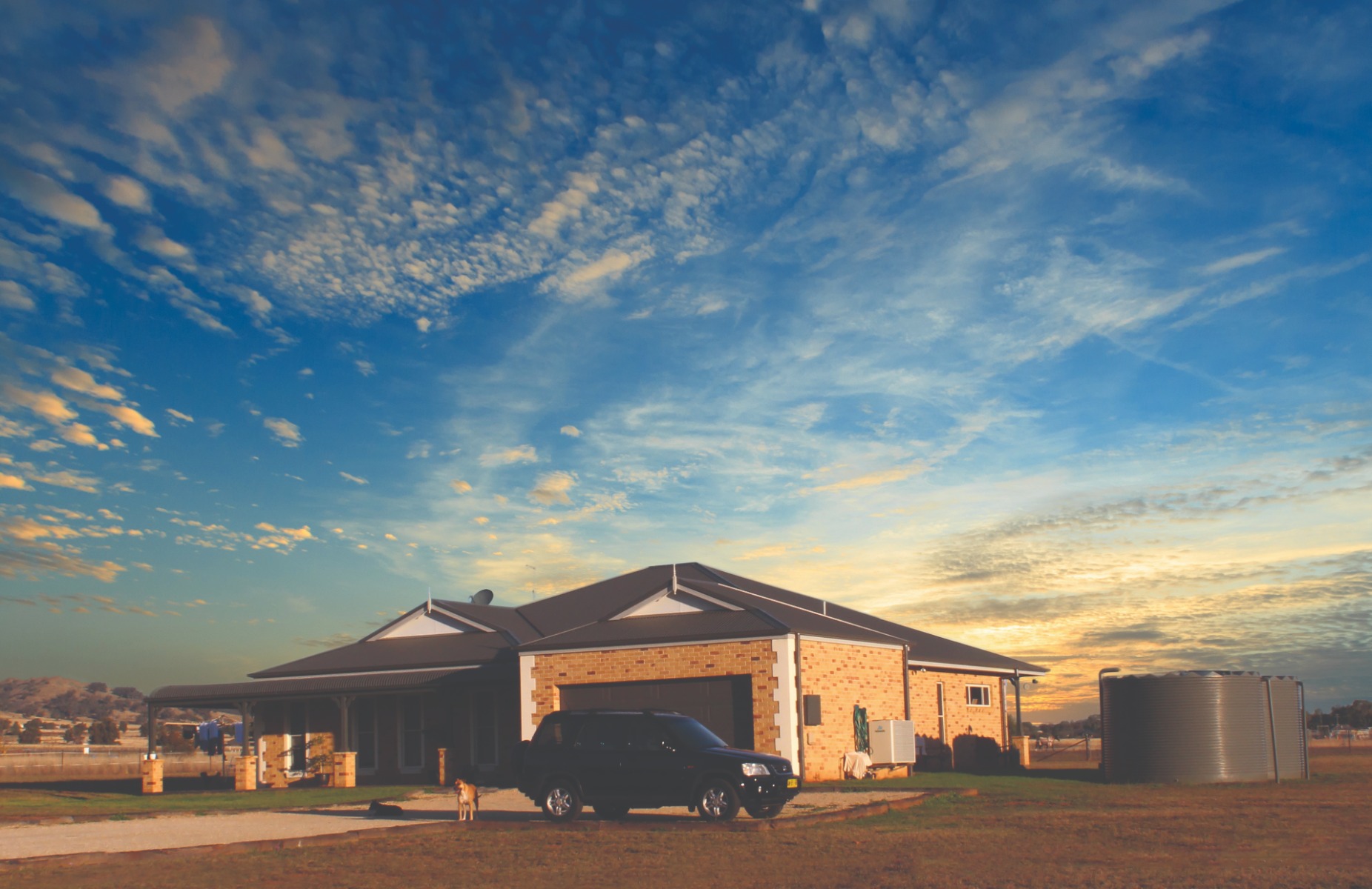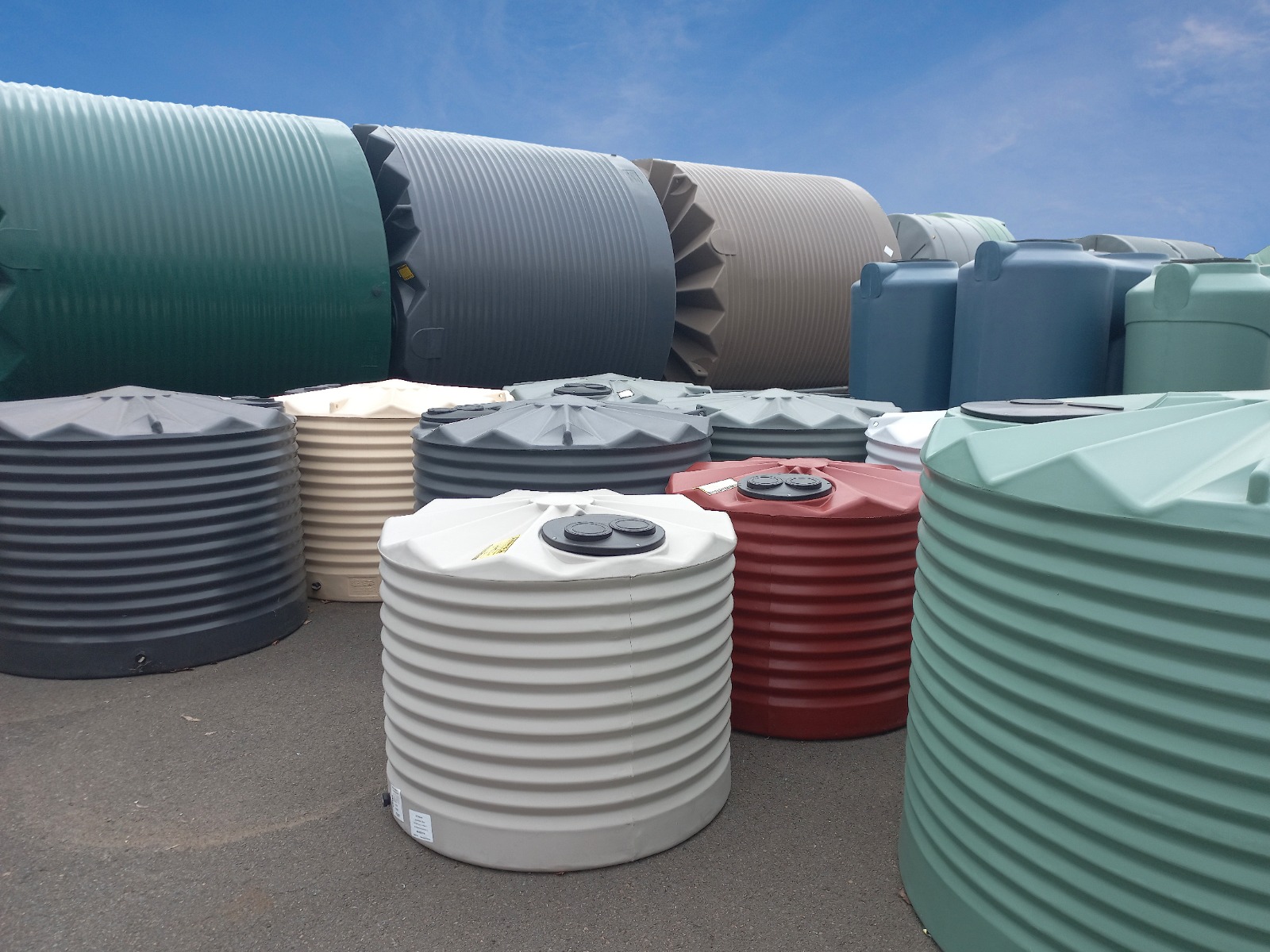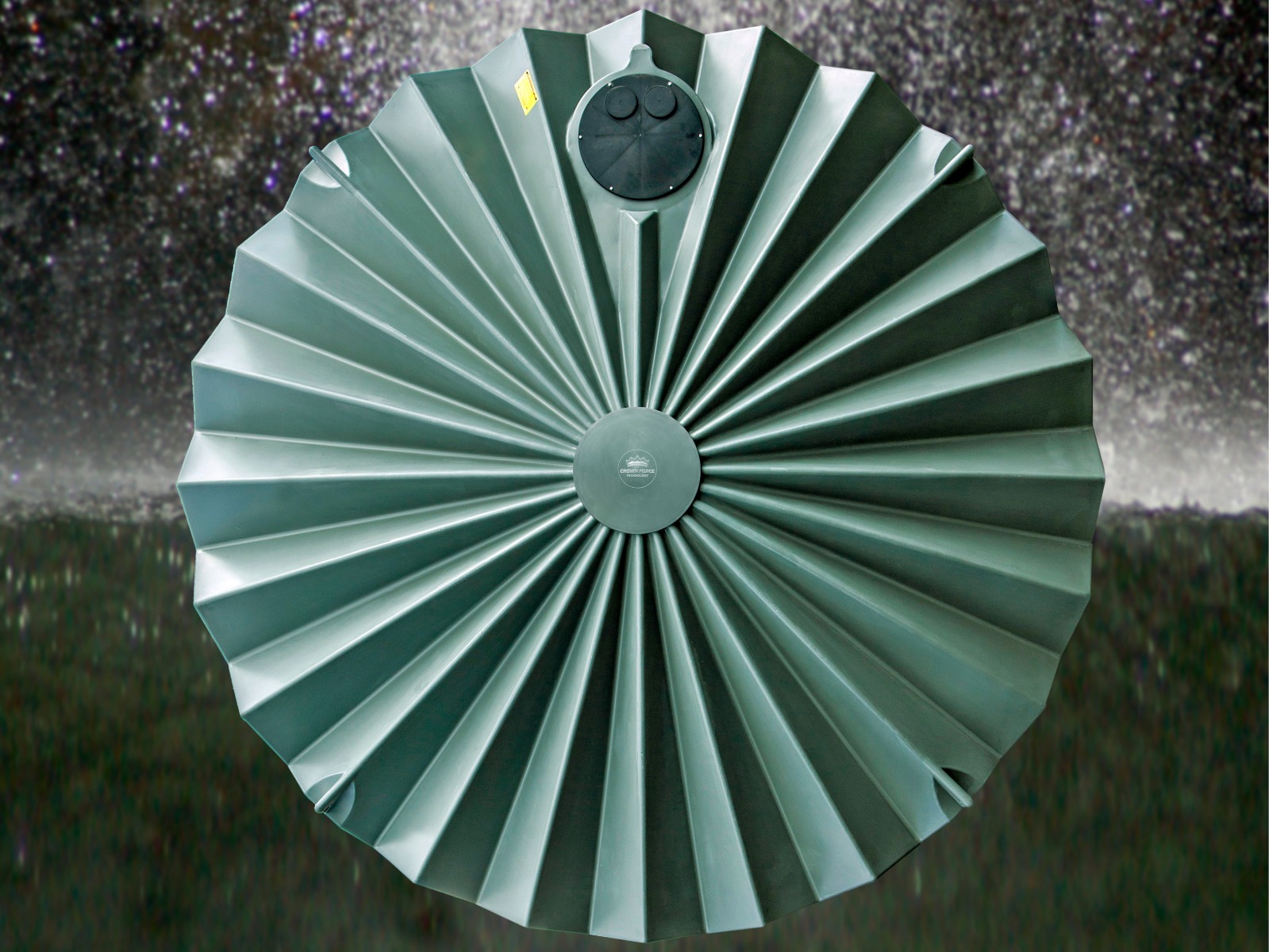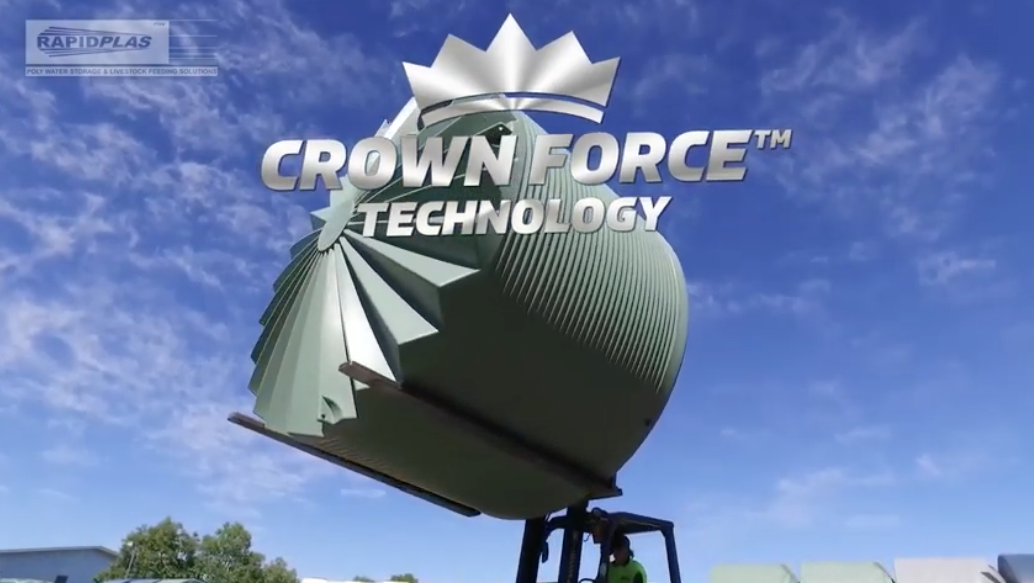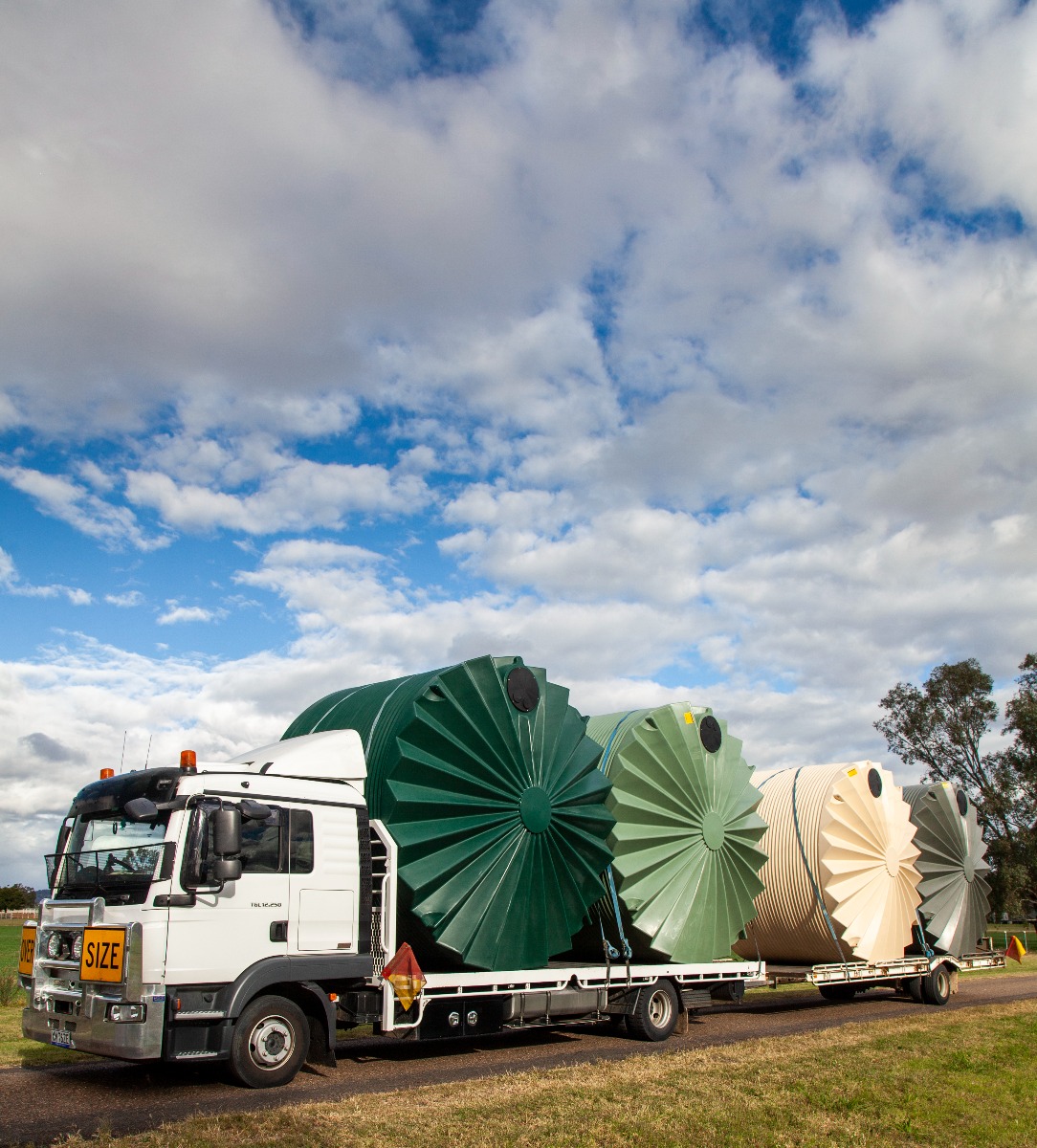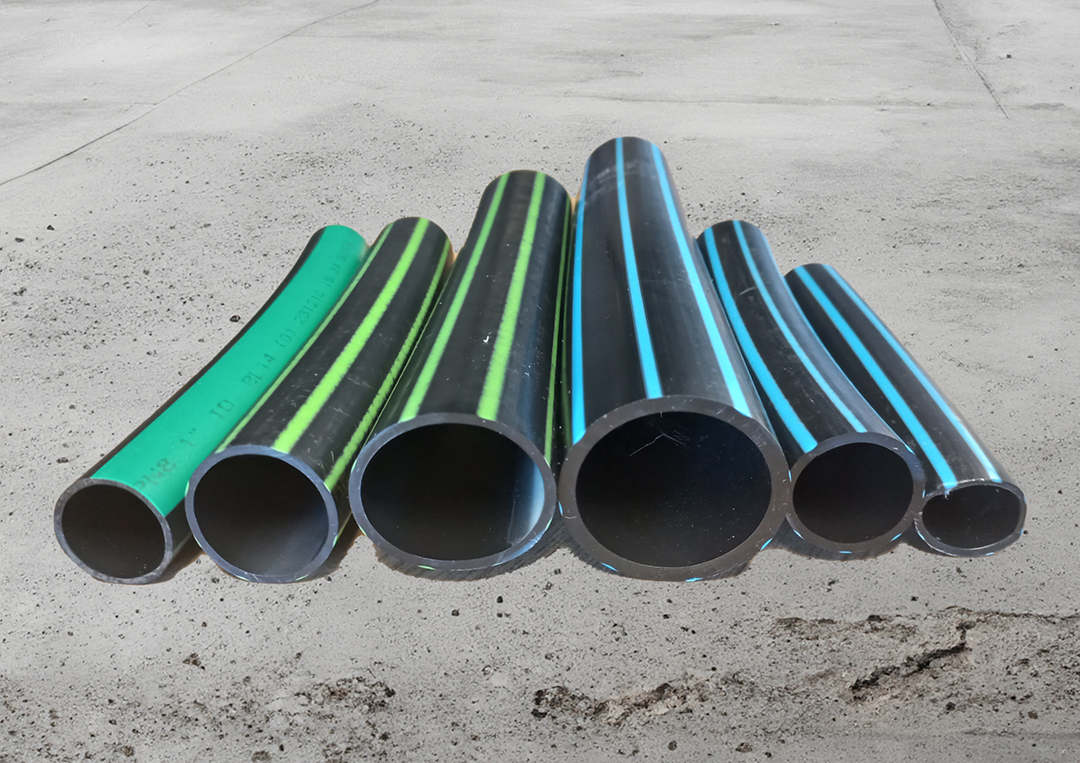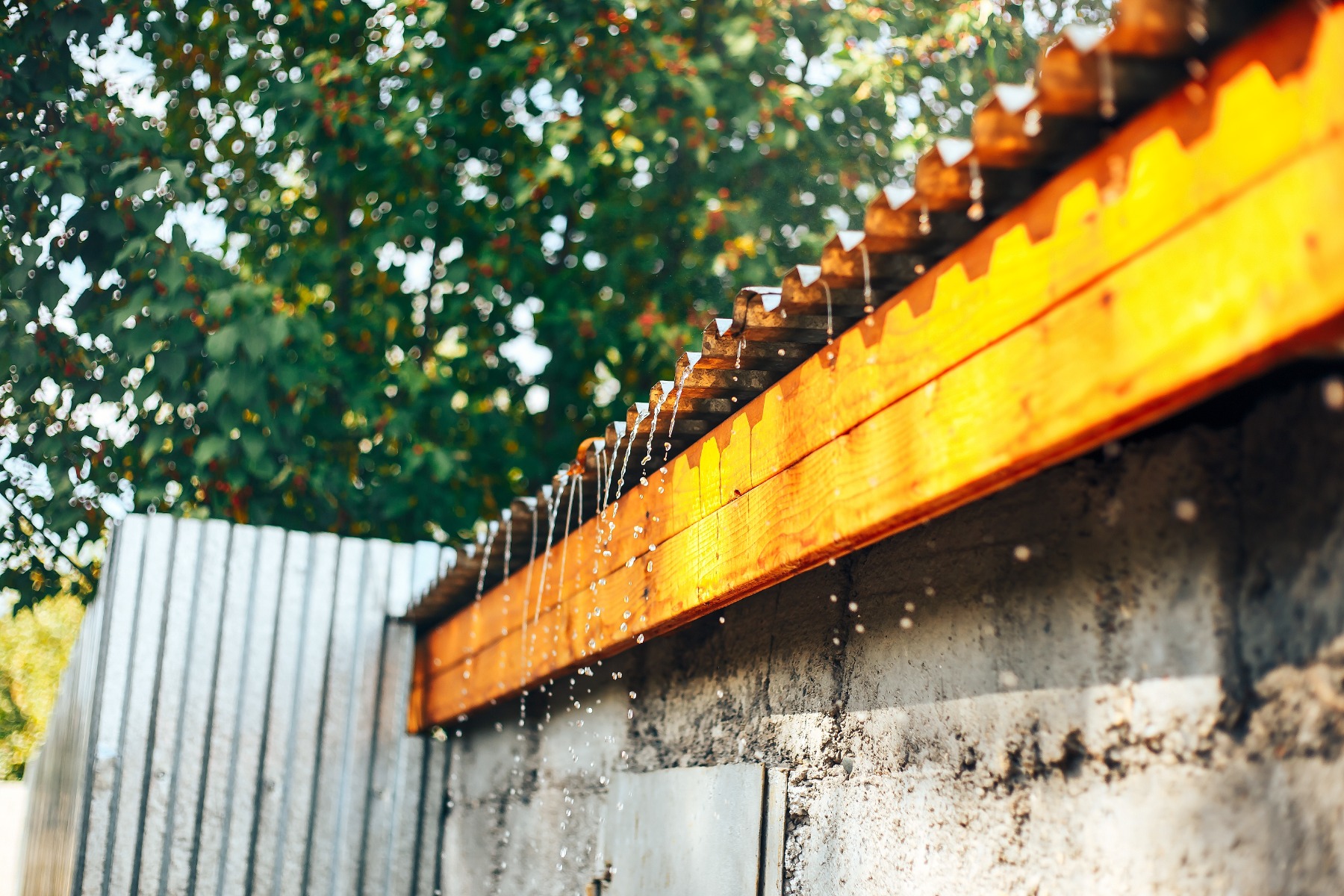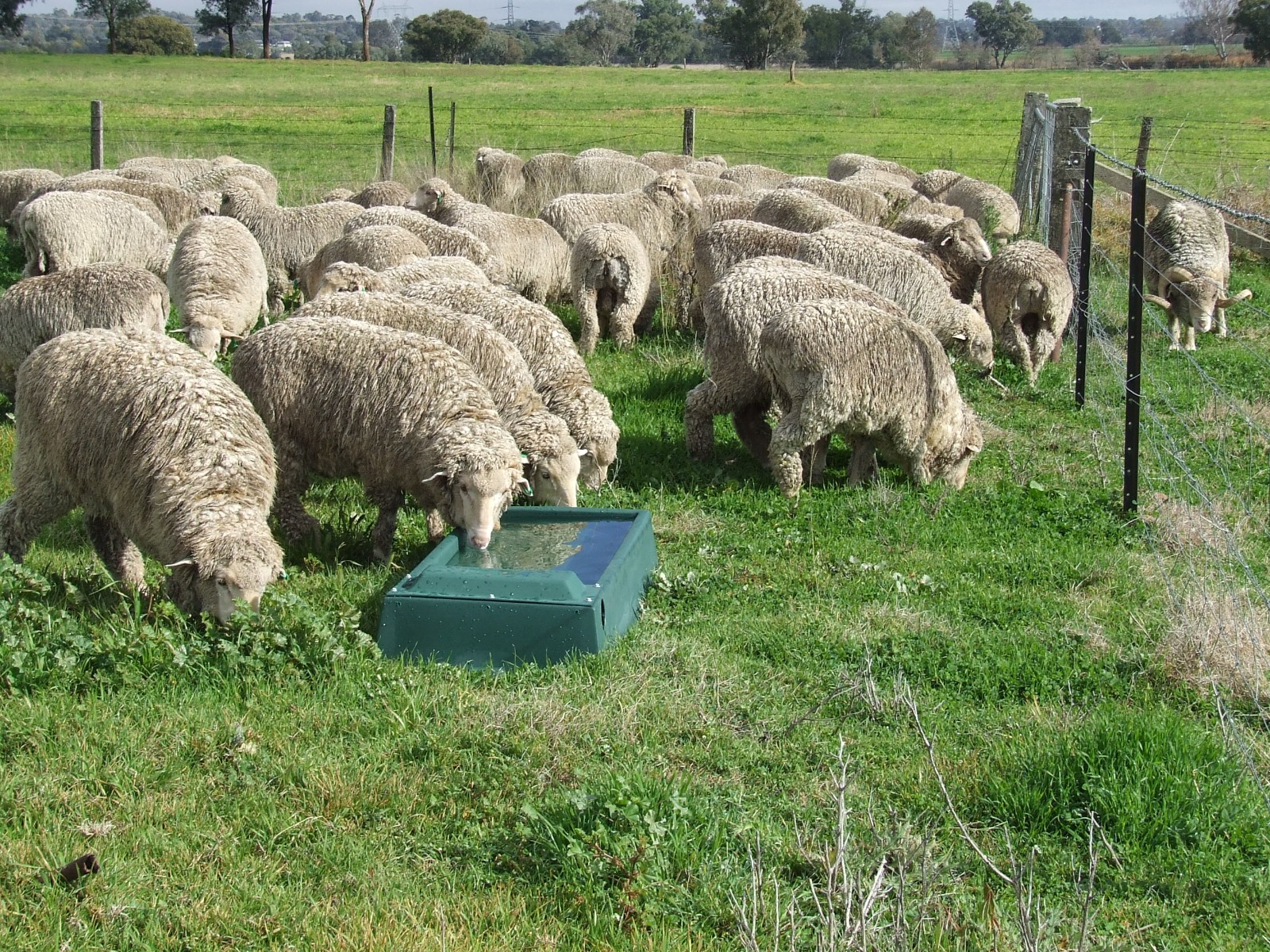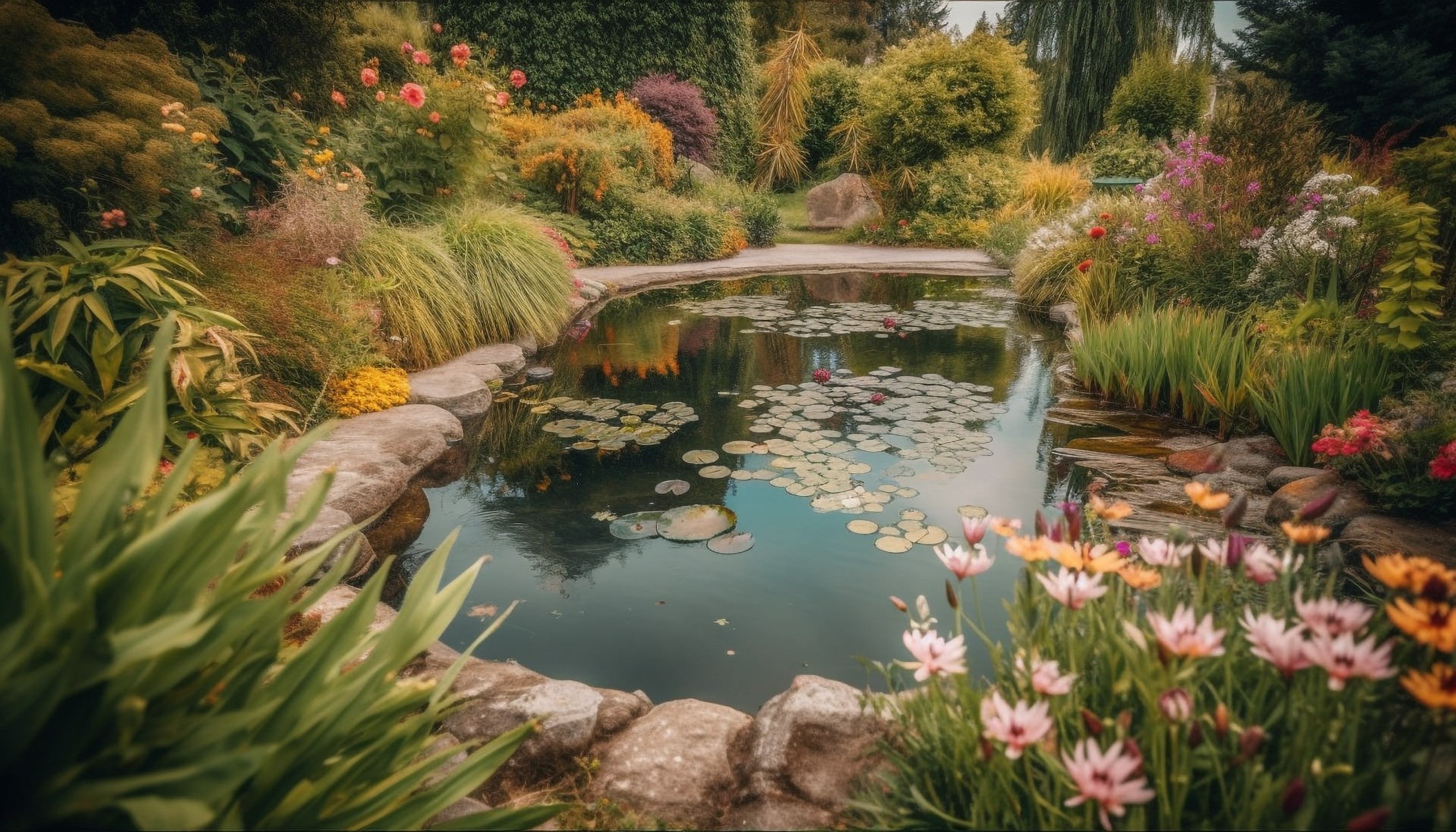The term "off-grid" traditionally refers to not being connected to the electrical grid, but can also include other utilities like water, gas, and sewer systems, and can scale from residential homes to small communities.
Two percent of Australians – over 500,000 people, currently live off-grid.
Off-grid living allows for buildings and people to be self-sufficient, which is advantageous in isolated locations where normal utilities cannot reach and is attractive to those who want to reduce environmental impact and cost of living. Generally, an off-grid building must be able to supply energy and potable water for itself, as well as manage food, waste, and wastewater.
Water is a crucial consideration in the off-grid environment, which must be collected, used, and disposed of efficiently to make use of the environment.
In many parts of the world, there are abundant sources of freshwater nearby such as streams, ponds, rivers, and lakes. Australia however is the driest inhabited continent on earth, and reliable sources of water supply are scarce.
For many people living off-grid, the only water supply option is to harvest rainfall. This system relies on the weather to provide water. Rainwater is funnelled from the roof of a building to water tanks where the water is stored until needed.
For off-grid buildings, efficient use of water is essential. While this is ultimately habit-dependent, measures typically involve low-flow fixtures for taps and shower heads, water efficient toilets, and water recycling measures.
What you need for off-grid rainwater supply:
Catchment
Your catchment is simply the roof area from which you can harvest rainwater and it would typically include your house and outbuildings such as garages, sheds, or workshops. Rainwater is collected in gutters, channelled into down pipes, and delivered to your water storage tanks.
The maths of water collection is simple. At 100% efficiency, a millimetre of rain on a square metre of catchment equates to one litre of water in your storage tank. So, for any rainfall scenario, the larger your catchment, the more water you can collect.
Prefiltration
After a prolonged period of dry weather, the roof catchment can be heavily contaminated with leaves, dust, pollen, decomposed insects and bird and animal droppings. Your first challenge is to minimise the amount of debris and contaminants that get washed into the rainwater tank.
Options here include gutter guards that filter-out debris and contaminants, a first-flush diverter that prevents the contaminated water from entering the rainwater tank and a fine strainer on top of the tank to collect any debris that might get through.
Storage
Your water storage tank should be matched to the size of the catchment area to optimise water collection. The tank should be fitted with a tight-fitting dust lid that keeps out wind-blown contaminants, prevents sunlight entering the water tank and inhibits algae growth and serves as a physical barrier to mosquitoes that lay their eggs in still water.
Purification
If you’re living off-grid, the water in your tank will need to be purified and made safe for human consumption. This will involve reducing odour and removing sediment and any harmful pathogens.
While different filter arrays are available, for domestic rainwater consumption, a dual filter hybrid system is recommended. This comprises of a prefilter, and a fine filter remove sediment and odour, and an environmentally friendly and chemical-free UV filter that uses ultraviolet rays to destroy potentially harmful pathogens.
Pressure
A water pump will provide the water pressure to move water from the place of storage, through the purification equipment and deliver water to the point of use. To be of any practical use, your water pump must be able to deliver water where you need it and at a flow rate and pressure that meets your needs.
To avoid having to switch the pump on and off manually each time you need it, an automatic pressure device is a good idea as this allows the pump to turn on and off automatically when you turn on the tap.
If you are planning to live off-grid or simply want to reduce your dependence on municipal water supplies by creating an effective rainwater harvesting system, ask our expert team about the range of Off Mains Packages available at Rapid Plas. Call our team on 1800 816 299 or email sales@rapidplas.com.au with your enquiry.
Off-Grid Rainwater Collection
- By Rapid Plas
- Oct 16, 2023
